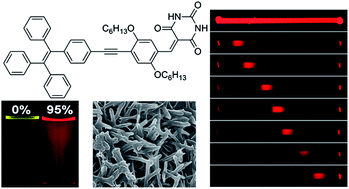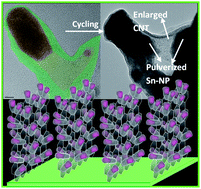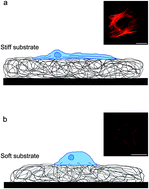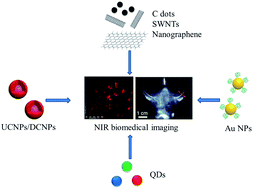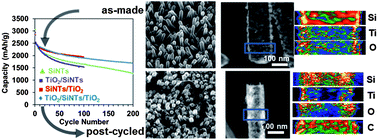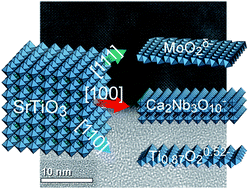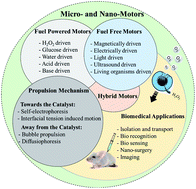Despite the wordy and jargon laden title this paper by Wang et al presents interesting work on a highly novel class of luminescent material.
It is generally understood that when chromophores aggregate their emission is quenched, an event know as aggregation-caused quenching (ACQ). The main problem with this ACQ occurring is that it limits the use of these luminescent molecules in applications such as bio-imaging and sensors where brightness is key.
In response to this many research groups have focused on developing materials that are the exact opposite of ACG’s and where aggregation of the chromophores will actually promote luminescence. This phenomenon is referred to as aggregation-induced emission (AIE).
This paper presents work about a novel type of AIE material that overcomes the shortfalls of ACG and some other previous AIE luminogens. A red-emissive barbituic acid-functionalized TPE derivative (TPE-HPh-Bar) was designed and synthesized, the resulting material exhibits both AIE and also twisted intramolecular charge transfer (TICT). By altering the method of synthesis the TPE-HPh-Bar is capable of self-assembling into nanospheres, -rods and -tubes. All of these exciting characteristics indicate that this novel material could be used in a wide range of applications from biological imaging to optoelectronic nano-devices in the future.
Twisted intramolecular charge transfer, aggregation-induced emission, supramolecular self-assembly and the optical waveguide of barbituic acid-functionalized tetraphenylethene
Erjing Wang, Jacky W. Y. Lam, Rongrong Hu, Chuang Zhang, Yong Sheng Zhao and Ben Zhong Tang
J. Mater. Chem. C, 2014, 2, 1801-1807. C3TC32161D
H. L. Parker is a guest web writer for the Journal of Materials Chemistry blog. She currently works at the Green Chemistry Centre of Excellence, the University of York.
To keep up-to-date with all the latest research, sign-up to our RSS feed or Table of contents alert.


